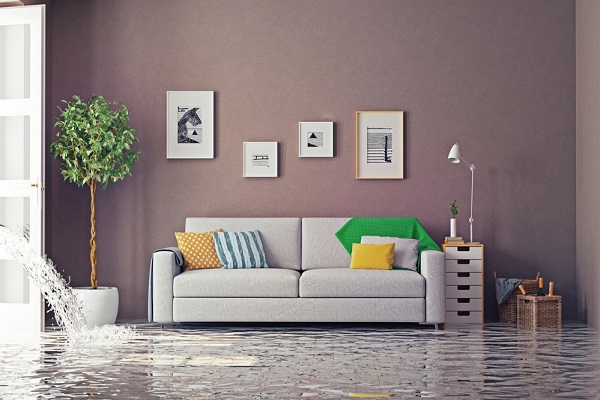How IoT Devices Can Mitigate the Rising Trend of Water Damage for Homeowners

By: AnneMarie McPherson
“Non-weather-related water loss is still the No. 1 source of property damage, and it accounts for over 45% of all interior damage caused by water in the home,” says Jenny Naughton, personal lines risk consulting officer at Chubb. “What people don’t realize is that it happens more often than fire and burglary.”
Chubb’s “2021 Homeowners Risk Report” found that “over 44% of homeowners experienced water damage in their home over the past one to two years, and this number was only 27% in 2020,” Naughton says, which is “telling us that the occurrence and experience of water damage is rising.”
Several underlying reasons have spurred the rise in water damage incidents. “Awareness is definitely more common these days about water damage, but we’re also realizing that homes have many more means of water exposure,” she says. “People are adding separate soaking tubs, saunas and steam showers to master bedrooms, they’re integrating laundry rooms, putting in water lines for ice-making machines, and other things of that nature. We’re seeing more exposure in homes and, as a result, it increases the chances of a water occurrence.”
The housing rush has also contributed to water damage. While the real estate market continues to make headlines, Naughton was surprised at the study’s revelation of just how many consumers had bought a house.
“Over 50% of U.S.- and Canada-based homeowners in the survey had purchased homes within the last one to two years,” she says. “New homeowners are getting used to the exposures in their home, as it increases the chances of a water loss or other types of property damage. There’s been a lot of competition and people have been making decisions quite quickly with the fear of missing out on those low interest rates.”
With water damage on the rise, “installing automatic water shutoff devices is the best way to minimize the damage,” Naughton says.
Automatic water shutoff devices are just one example of how devices connected to the Internet of Things (IoT)—the network of physical objects that are embedded with sensors, software and other technologies for the purpose of connecting and exchanging data with other devices and systems over the internet, according to Oracle—can change the game for homeowners.
“Over the last couple years, the technology connecting automatic shutoff devices and sensors to phones has increased significantly,” Naughton says. “It’s easier for homeowners to control their interior and exterior lighting, the blinds in their home, and their heating and cooling systems. With new homeowners, IoT is an area they’re gravitating toward—and loss prevention should be part of that as well.”
With the average interior water claim payout at $50,000, according to Chubb, homeowners should be serious about preventing damage. However, “our survey found that over 55% have installed water shut-off devices in their home only after they experienced a water damage event,” Naughton says. “Even though the occurrence is happening, the awareness and actions to prevent it has been slower.”
So, how can agents encourage homeowners to preemptively install an IoT device before a leak happens?
“Agents can educate their clients on credits that are available for installation of water shutoff devices,” Naughton adds. “There are also IoT devices that can complement water shutoff systems, like water sensors, humidity detectors, heat sensors and freeze sensors.”
AnneMarie McPherson is IA news editor.










